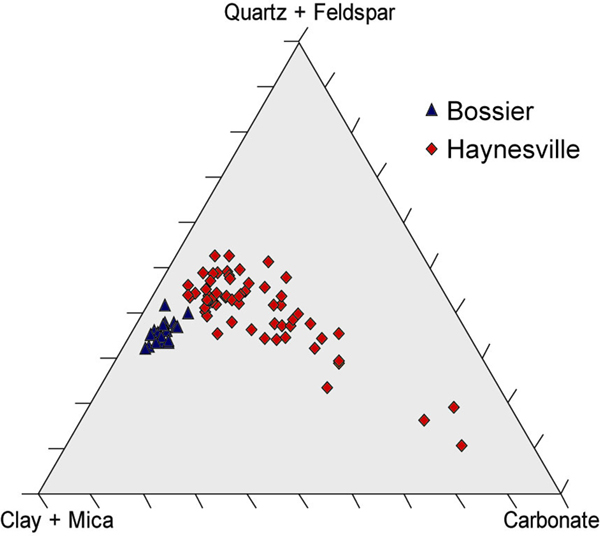

Each component is represented by the corners of the equilateral triangle, the length of whose sides are divided into 100 equal parts.Īny composition plotting at a corner, therefore, has a mode of 100 percent of the corresponding component. The three components, Q (quartz) + A (alkali (Na-K) feldspar) + P (plagioclase), are recalculated from the mode to sum to 100 percent. The plotting of rock modes on these triangular diagrams is simpler than it may appear. Q, A, P and F percentages are normalized (recalculated so that their sum is 100%). These are the mineral groups used for classification in QAPF diagram.

The acronym, QAPF, stands for "Quartz, Alkali feldspar, Plagioclase, Feldspathoid (Foid)".

Let's first examine the classification of plutonic rocks.Ī QAPF diagram is a double triangle diagram which is used to classify igneous rocks based on mineralogic composition. Remember that porphyritic rocks have spent time in both worlds. As noted in the sidebar to the left, this is largely a genetic classification based on the depth of origin of the rock (volcanic at or near the surface, and plutonic at depth). Texture is used to subdivide igneous rocks into two major groups: (1) the plutonic rocks, with mineral grain sizes that are visible to the naked eye, and (2) the volcanic rocks, which are usually too fine-grained or glassy for their mineral composition to be observed without the use of a petrographic microscope. Igneous rocks are classified on the basis of mineralogy, chemistry, and texture.


 0 kommentar(er)
0 kommentar(er)
